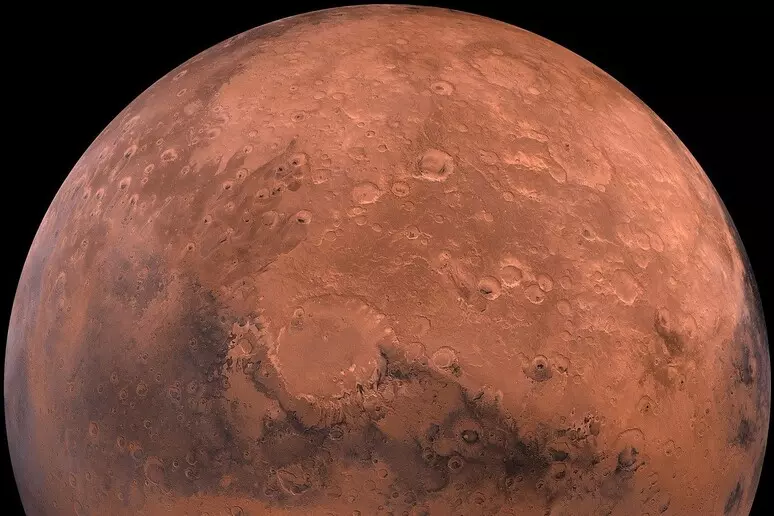A study conducted in Italy by researchers at the National Institute of Geophysics and Volcanology INGV in Rome and recently published in the journal Geosciences, claims that there may be liquid water on the planet Mars for very short periods of the year. In particular, the study found that in the area where the Russel, Kaiser and Korolev dunes formed within craters, “albeit for short periods, in the early days of the Martian spring and during gusts of wind each year, water may appear under atmospheric conditions of temperature and pressure that allow its transient appearance in the liquid state,” said Adriano Nardi who led the study together with Antonio Piersanti.
To study this rare phenomenon, researchers analyzed the marks left on the Red Planet’s dunes from as many as 110 very high-resolution images taken by NASA’s Mars Reconnaissance Orbiter probe, launched in 2005.
Mars is characterized by a windy and very arid environment. However, as reflected in the study, the researchers point out that the origin of the “meteorological liquids” that form on Martian dune craters take place through processes different from those known on Earth. In addition, the research authors point out that “MARSIS radars from the Mars Express mission support the hypothesis that Mars still retains water stored in the soil in the form of permafrost.”
According to Nardi, there are furrows on top of the dune that could be due to the presence of condensing vapor, ”when channels remain in the penumbra, traces of moisture absorbed by the sand are observed. Conversely, when a channel turns in the direction of light, there is immediate evaporation of the water that had remained liquid up to that point.” If the study’s hypothesis is definitively confirmed, it would open new avenues in the search for microbial life forms and could serve to locate and direct future space missions to Mars to landing sites in places where there is potentially water.












